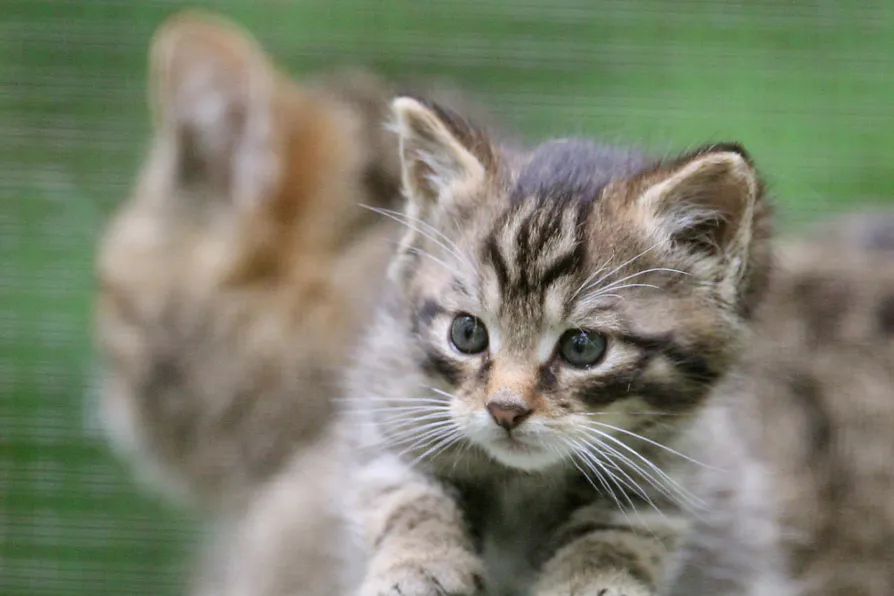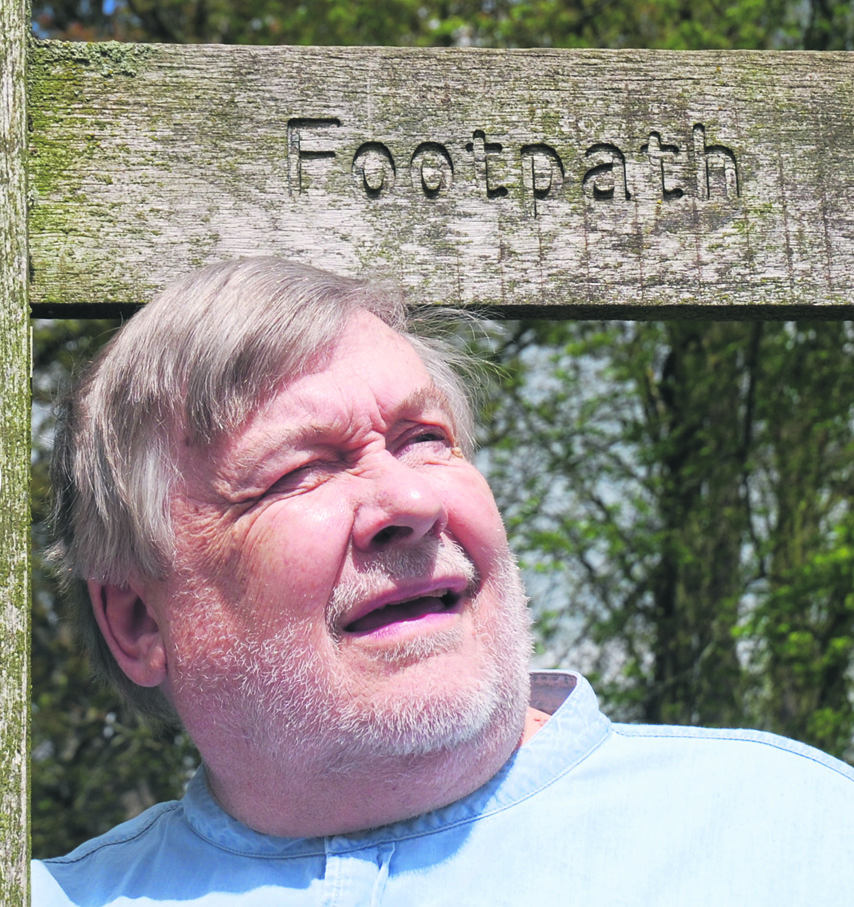Durham Miners’ Association general secretary ALAN MARDGHUM speaks to Ben Chacko ahead of Gala Day 2025

 Scottish Wildcat
Scottish Wildcat
Some folk call them Scottish tigers — it’s not a bad name for one of the world’s most endangered animals. Forget your giant panda, Sumatran elephant, three-toed sloth or even the hairy wombat, when it comes to mammals on the edge of extinction, the Scottish wildcat is far rarer than any of them.
Experts estimate there may be only 35 pure-bred individuals left and only four or five small remote areas of the Highlands that are home to the wildcat.
This compares with fewer than 2,500 wild Bengal tigers and makes them 70 times rarer than the giant panda.
So what exactly are we talking about? The beast in question is the Scottish wildcat (Felis silvestris grampia) the only wild member of the cat family to have survived in Britain and is now critically threatened.
It is 1,300 years since we lost our other wild cat, the Eurasian lynx, to extinction. This August, The Lynx UK Trust applied to Natural England for permission to release six into 270 square miles of Kielder Forest in Northumberland.
A number of local landowners have agreed to the re-wilding release which, if successful, could lead to the widespread reintroduction of the lynx into the Scottish Highlands and other parts of Britain.
The Eurasian lynx (Lynx lynx) is common in European, Central Asian and Siberian forests. Populations of Eurasian lynx were reduced or totally removed from much of Europe, but it is now being reintroduced.
During the summer, the Eurasian lynx has a relatively short, reddish or brown coat which is replaced by a much thicker silver-grey to greyish-brown coat during winter.
The lynx hunts by stalking and jumping its prey, helped by the rugged, forested country in which it resides. A favourite prey for them is roe deer.
This good news on the lynx front makes the efforts to preserve the wild cat that did survive in Scotland even more relevant.
So what is this Scottish wildcat? Compared to other wildcats worldwide, the Scottish wild species is small. However, it is larger than the usual domesticated house cat.
The wildcat is similar in appearance to a striped tabby cat, but has relatively longer legs, a more robust stocky build and a bigger skull to hold its larger brain.
The most obvious way to identify the animal is its magnificent tail — very thick and club-like with big bold distinct rings around it and a black tip.
That tail is long, more than half of the animal’s body length. Ears are moderate in length, and broad at the base. Eyes are large, with vertical irises.
Males measure 43 to 91cm (17 to 36in) in body length, add to that a 23 to 40cm (9.1 to 15.7in) tail. Its normal weigh is 5 to 8kg (11 to 18lb). Females are slightly smaller, body measuring 40 to 77cm (16 to 30in) the tail adding 18 to 35cm (7.1 to 13.8in). Females weigh 3 to 5kg (6.6 to 11lb).
Both sexes possess scent glands around the anal opening and along the tail. In males these play a significant role in reproduction and territorial marking. They have good night vision and an acute sense of smell which allows them to detect meat at 200m.
Best estimates indicate that there are only three dozen or so true wildcats left, with perhaps another 150 that are crosses between true wildcats and feral cats.
Interbreeding is the biggest threat to the survival of the species.
A charity, The Wildcat Haven Project, aims to protect the species by catching and neutering feral and hybrid wildcats to prevent them breeding with pure wildcats.
Geneticist Paul O’Donoghue, the scientific adviser to the project since 2012, told the Morning Star: “Feral cats are the biggest danger to the future of the Scottish wildcat. They interbreed and you end up with hybrids of varying degrees.” His aim is to reduce and eventually totally remove the feral cat population from this area. Eventually the wildcat population will become purer as feral animals and crossbreeds die out.
Wildcats, feral cats and crossbred animals are caught in traps baited with mackerel and fish oil. When feral cats or crosses are caught, they are first scanned for chips. This and other vigorous checking will ensure this isn’t a well loved domestic pet with a taste for exploring wild country.
Once the scientists have proved it really is feral, it is immunised against common cat ills, then neutered and released. If it looks like a pure wildcat, its DNA will be recorded to test just how pure-bred it is.
This way the bloodline of pure wildcats is preserved and reinforced. This project has seen the number of pure wildcats increase if only slowly. Gradually the endangered species is being brought back from the brink of extinction, but we cannot be complacent. There is still much to do.
There are many reasons to visit the Scottish Highlands in winter. Nobody celebrates New Year better than the Scots at Hogmanay. At this time of year many will take to the Highlands for spectacular walking, to follow the whisky trails, some excellent skiing and not least the chance to spot some rare and interesting animals including capercaillie, red deer, reindeer, white mountain hares, pine martens as well as golden and white tailed eagles.
The cherry on the haggis on any such visit will undoubtedly be a snowy encounter with the rare and secretive Highland tiger — Scotland’s very own rare and wonderful wildcat.



















